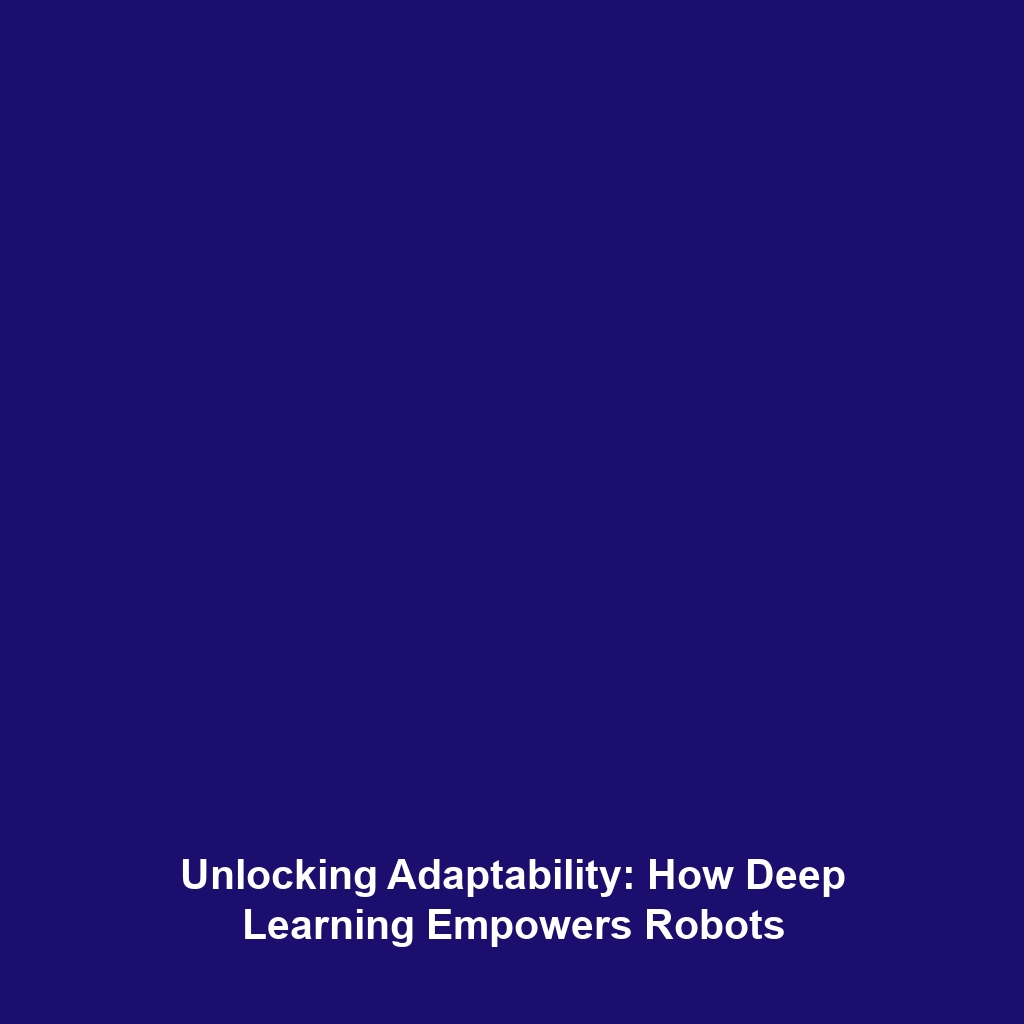The Societal Impact of Fusion Energy: Revolutionizing Industries Through Sustainable Energy
Fusion energy represents a groundbreaking shift in the way we conceive of power generation. The ability to harness the same energy that fuels the stars could potentially revolutionize industries by providing affordable and sustainable energy. Understanding the societal impact of fusion energy is essential as it promises to drastically reshape manufacturing practices, improve transportation efficiencies, and foster advances in technology. This article delves into the significant implications of fusion energy on various sectors, highlighting its transformative potential.
Key Concepts of Fusion Energy
To comprehend the societal impact of fusion energy, we must first explore some key concepts:
- Fusion Process: Fusion is the nuclear process where two light atomic nuclei combine to form a heavier nucleus, releasing vast amounts of energy.
- Sustainability: Fusion produces minimal waste compared to fossil fuels and offers a near-limitless supply of energy from isotopes like deuterium and tritium.
- Industrial Revolution: The integration of fusion energy into industrial processes could lead to a new industrial revolution focused on sustainability.
Applications and Real-World Uses of Fusion Energy
Examining how fusion energy is used in various industries, we can identify several significant applications:
- Manufacturing: Fusion reactors could power energy-intensive industries such as steelmaking and chemical production, reducing energy costs and emissions.
- Transportation: With affordable energy, electric vehicles could become more efficient, and fusion-powered aircraft might revolutionize air travel.
- Technological Innovation: The availability of cheap energy may spur advancements in computing, automation, and other tech sectors.
Current Challenges of Fusion Energy
While the potential benefits are enormous, several challenges must be addressed:
- Technical Feasibility: Developing commercially viable fusion reactors remains a significant scientific hurdle.
- Investment Costs: High initial investments in research and infrastructure can impede progress.
- Public Perception: Overcoming skepticism about nuclear technologies is essential for gaining public support.
Future Research and Innovations
The future of fusion energy is bright, with ongoing research leading to potential innovations:
- Next-Generation Reactors: Development of advanced reactor designs, such as tokamaks and stellarators, may increase efficiency.
- Breakthrough Energy Storage: New storage solutions could effectively harness the energy generated by fusion processes.
- Collaboration Initiatives: Global partnerships aim to streamline research efforts and resource allocation, accelerating breakthroughs.
Conclusion
The implications of fusion energy for society are profound, with the potential to transform manufacturing, transportation, and technology for a sustainable future. As we continue to overcome challenges and foster innovation, the integration of fusion energy into our industrial systems may indeed pave the way for an energy revolution. To stay informed about the latest developments in fusion energy and its societal impact, consider exploring additional resources and research studies that deepen your understanding.
Learn more about the future of sustainable energy technologies.



